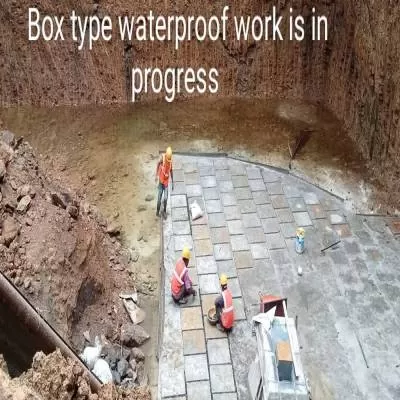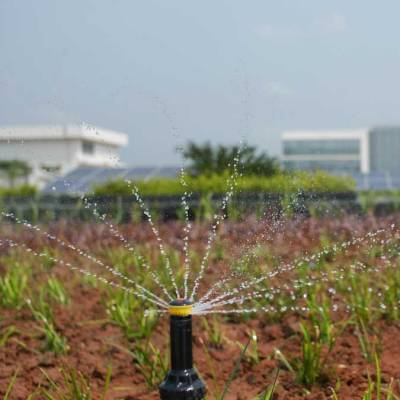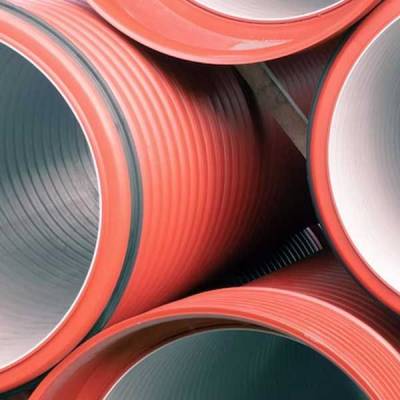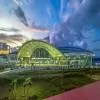- Home
- Infrastructure Urban
- WATER & WASTE
- Making Structures Future-Proof!
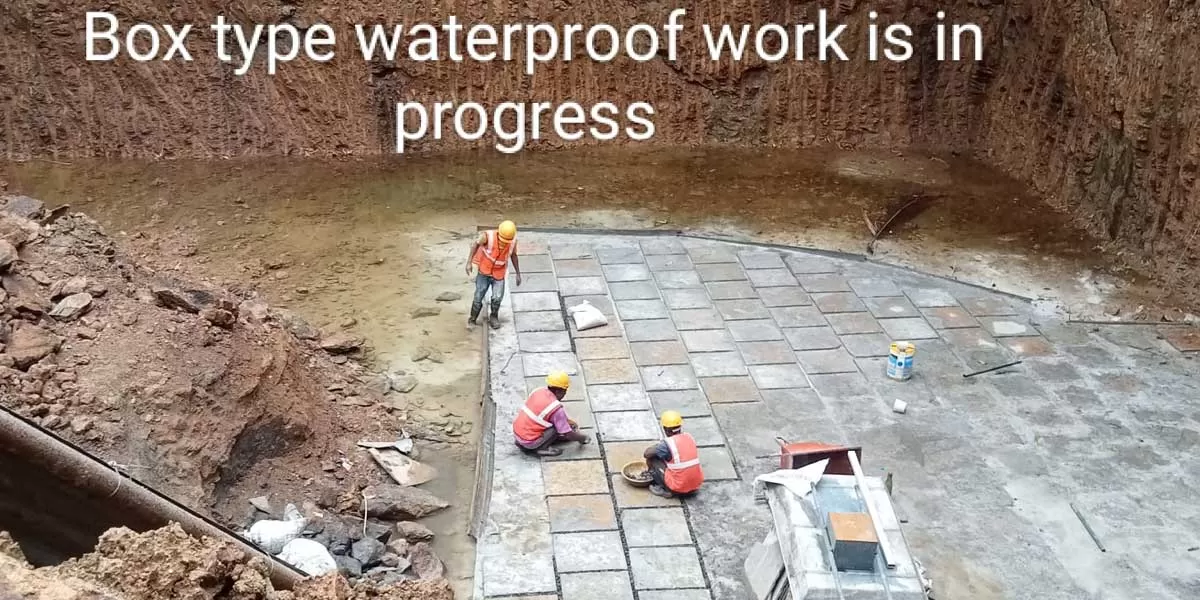
Making Structures Future-Proof!
Read full article
CW Gold Benefits
- Weekly Industry Updates
- Industry Feature Stories
- Premium Newsletter Access
- Building Material Prices (weekly) + trends/analysis
- Best Stories from our sister publications - Indian Cement Review, Equipment India, Infrastructure Today
- Sector focused Research Reports
- Sector Wise Updates (infrastructure, cement, equipment & construction) + trend analysis
- Exclusive text & video interviews
- Digital Delivery
- Financial Data for publically listed companies + Analysis
- Preconceptual Projects in the pipeline PAN India
- Indian waterproofing industry
- CAGR
- Varun Raje
- Raje Consultants
- Liquid waterproofing systems
- Sheet membranes
- Sheet membranes
- Cementitious waterproofing
- cementitious waterproofing coatings
- Sandeep Chaudhry
- SNP Technologies
- DryShield Waterproofing
- Waterproofers’ Association of India
- Walplast
- Chetan Raikar
- Structwel Designers and Consultants
- Manufacturers
- technology
- Hemant Khurana
- Saint-Gobain India
- Sandeep Chaudhry
- Smart Cities Mission
- Housing for All
- buildings and infrastructure
- sustainable development
The Indian waterproofing industry is poised for growth, buoyed by an extensive product range, innovative solutions and government initiatives. The Indian waterproofing solutions market is estimated at $ 1.18 billion in 2024 and expected to reach $ 1.81 billion by 2030, growing at a CAGR of 7.44 per cent during the forecast period of 2024-2030. The product landscape Indeed, there is a wide variety of specialist products and Varun Raje, Director, Raje Consultants, elaborates product categories which are as follows: Liquid waterproofing systems: These include elastomeric coatings, whose ability to stretch and contract makes them well-suited for bridges, balconies and facades; acrylic sealants, which are known for their versatility and provide a cost-effective solution for both interiors as well as exteriors; and polyurethane coatings, which boast of durability and chemical resistance, making them suitable for harsh environmental conditions. Sheet membranes: These include bituminous membranes, reinforced with polyester or fibreglass, which offer excellent resistance to water penetration and are commonly used in roofing applications and synthetic rubber membranes, which withstand extreme conditions and provide exceptional durability and longevity. Cementitious waterproofing: This includes cement-based coatings, which create a dense, impermeable barrier when applied to concrete substrates, making them ideal for swimming pools and tanks and integral waterproofing additives, that enhance concrete’s resistance to water penetration when added to concrete mixes. “Liquid-applied membranes, bituminous membranes and cementitious waterproofing coatings are among the most commonly used products for building waterproofing,” affirms Sandeep Chaudhry, Founder and Managing Director, SNP Technologies, DryShield Waterproofing, and Founding President of the Waterproofers’ Association of India. “Nanotechnology-based coatings and hybrid waterproofing systems, offering enhanced durability and performance are gaining traction.” “Liquid-applied membranes are increasingly favoured for their simple application process and ability to provide seamless coverage, especially on intricate surfaces,” observes Kaushal Mehta, MD, Walplast. “Hybrid solutions, which blend different materials, offer improved performance and address multiple potential failure points. Advanced cementitious and polymer-modified coatings are highly sought after for exceptional adhesion and flexibility.” The trends As for the latest trends, Chetan Raikar, CMD, Structwel Designers and Consultants, says, “Techniques have evolved over the past four decades from chemical waterproofing to nanotechnology. Chemical waterproofing includes chemicals, which starts from plain cement (the cheapest option) to polymers, epoxies, bituminous, grouting grade, etc.” “Manufacturers are increasingly prioritising development of eco-friendly solutions,” shares Mehta. “Innovations such as self-healing membranes and smart waterproofing systems are being introduced to improve durability and efficiency. They not only enhance the performance of products but also contribute to overall resilience of buildings and infrastructure. Further, integration of nanotechnology, which creates surfaces that are highly repellent to water is gaining momentum. Last, real-time monitoring capabilities, which enable immediate detection and response to water ingress, thereby enhancing waterproofing efficacy, is revolutionising the industry.” In Chaudhry’s view, “The biggest trend is that architects have started consulting professionals. Another prominent trend is adoption of eco-friendly solutions. Additionally, there is a rising demand for integrated systems that offer comprehensive protection against water ingress, including membranes, sealants and drainage systems.” The challenges “Despite advancements in technology, ongoing challenges encompass guaranteeing compatibility among various materials and substrates, addressing the escalating demands posed by severe weather conditions induced by climate change, and managing enduring obstacles such as the scarcity of skilled labour and site limitations like work-front availability, as well as geographical and topographical constraints,” comments Raje. For his part, Hemant Khurana, MD, Mortars and Homes Business, Saint-Gobain India, says, “The sector grapples with insufficient understanding of the right solution, quality issues and improper application. India’s expanding construction landscape demands advanced solutions that offer faster application, reduced skill requirements and tailored performance. This demand is further propelled by tightening of building regulations, driving the pursuit of better solutions, such as polyurethane-based (PU) waterproofing. Our offerings encompass cementitious, acrylic, bitumen, PU and integral waterproofing solutions.” “The most interesting professional challenge is weeding out unscrupulous manufacturers from the genuine,” says Raikar. “Most of these manufacturers, even some of the big established ones, do contract R&D and manufacturing. Some do not even undertake due diligence of their products before launching them in the market. Most consultants do not have a laboratory to check the product efficacy before using it on site. The second challenge is that the subject of waterproofing and structural maintenance has been recently introduced in engineering colleges. So, we do not get formally educated engineers who understand the core of what is expected in waterproofing. The third challenge, in view of the judiciary, is that it is difficult to execute guarantees on failed attempts of waterproofing. Many contractors take advantage of this to shirk their responsibility, giving a bad name to genuine techniques. Traditional techniques are easily forgotten as they are cumbersome but they are longer lasting if done properly the first time.” “Despite advancements in product innovation, the industry faces several challenges,” according to Sandeep Chaudhry. “Poor workmanship and improper installation are significant issues, leading to frequent water leakage and structural damage. Inadequate regulatory standards and enforcement add to the problem, resulting in the proliferation of substandard products and practices. Additionally, lack of awareness among builders, contractors and consumers about the importance of waterproofing exacerbates the challenge for long-term building integrity.” Weighing in, Mehta says, “There is a need for ongoing education and training to ensure contractors have the knowledge and skills for proper installation techniques. Further, the impact of climate change, leading to severe weather events, poses challenges in developing even more resilient waterproofing systems.” Future watch All considered, Raje says, “The industry is driven by growth in the construction industry. The future is promising with stakeholders encouraged to stay informed about emerging trends, addressing challenges and embracing innovation for a resilient and sustainable built environment.” “Structures with four basements or 70-100 storeys are being constructed regularly,” says Raikar, adding, “Tunnels below sea, rivers and mountains have become a regular feature. All these need specialised techniques and for agencies with super-specialisation, the sky’s the limit for opportunities. But the industry urgently needs testing laboratories and standardisation of construction chemicals and manufacturers.” “With the Government’s initiatives such as the Smart Cities Mission and Housing for All, there is a growing need for robust solutions to protect new and existing infrastructure. Moreover, the rise of innovative technologies and materials is expected to reshape the waterproofing landscape, offering more efficient and cost-effective solutions,” comments Chaudhry. “Residential sector consumption, particularly in roofing and basements, remains the largest market segment,” adds Mehta. Going forward, Chaudhry believes, “The emphasis on quality construction and adherence to regulatory standards may drive demand for professional services and certified products.” He concludes, “Waterproofing ensures longevity of buildings and infrastructure. By embracing innovative solutions, addressing challenges and fostering industry collaboration, the waterproofing sector can unlock its full potential and contribute to the country’s sustainable development goals.”


